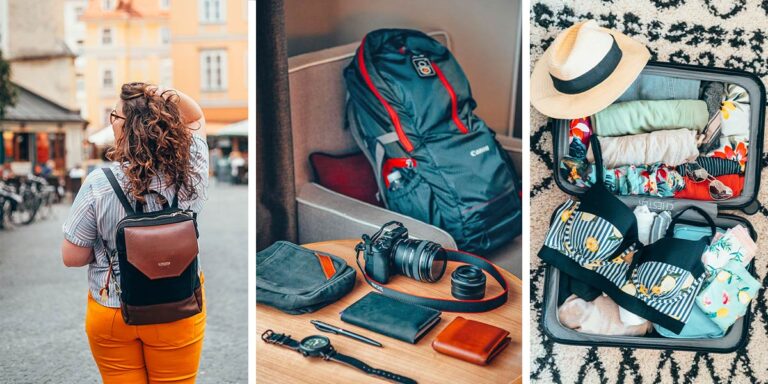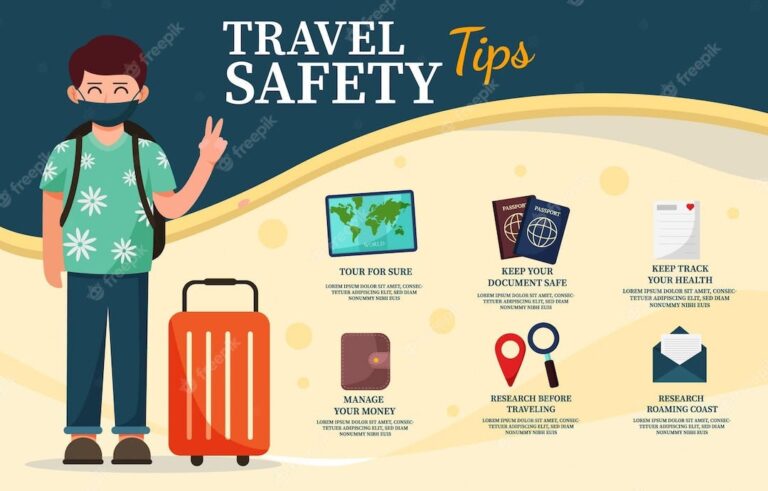Essential Tips for Communicating Abroad
Imagine stepping into a bustling marketplace in a foreign land, surrounded by a whirlwind of languages you barely understand. How do you navigate through this sea of unfamiliar words and expressions? Overcoming language barriers is not just about finding the right words; it’s about bridging cultural gaps and connecting on a human level. Whether you’re traveling for business or pleasure, here are some essential tips to help you communicate effectively abroad.
The travel bug bites, your passport begs for adventure, but a looming obstacle stands in your way – the dreaded language barrier. Fear not, intrepid explorer! While fluency in every tongue you encounter might seem like a superhero power, communication abroad is about more than just vocabulary. With a few handy hacks and a sprinkle of cultural sensitivity, you can navigate foreign lands with confidence, fostering connections that transcend language limitations.

1. Embrace Non-Verbal Communication
When words fail, gestures speak volumes. Non-verbal cues such as hand gestures, facial expressions, and body language can convey meaning across languages. A smile is universally understood, while a nod or a shrug can indicate agreement or uncertainty. Observing and mimicking local gestures can help you connect with people even when you don’t speak the same language.
2. Learn Basic Phrases
A little effort goes a long way. Before your trip, take the time to learn basic phrases in the local language. Start with greetings like “hello” and “thank you,” as well as essential phrases such as “please” and “excuse me.” Locals appreciate when visitors make an effort to communicate in their language, no matter how basic your skills are.
3. Use Technology Wisely
In the digital age, technology can be your best ally in overcoming language barriers. Translation apps like Google Translate or iTranslate can help you translate spoken and written words instantly. Some apps even offer offline functionality, making them ideal for travel in areas with limited internet access. However, use these tools cautiously, as they may not always provide perfect translations.
4. Speak Slowly and Clearly
When attempting to communicate in a foreign language, speak slowly and enunciate your words clearly. Avoid using slang, idioms, or complex sentences that may be difficult to translate. Simple, straightforward language is easier for non-native speakers to understand.
5. Listen actively
Effective communication is a two-way street. Listen attentively to the person you’re speaking with, even if you don’t understand every word. Pay attention to their tone of voice, gestures, and facial expressions to grasp the context of the conversation. Showing genuine interest in understanding others can foster goodwill and open lines of communication.
6. Be Patient and Flexible
Patience is key when overcoming language barriers. Understand that communication may take longer and require more effort than usual. Don’t be afraid to ask for clarification or repetition if you’re unsure about something. Be flexible and willing to adapt your communication style to accommodate cultural differences.
7. Seek Language Exchange Opportunities
Immersing yourself in the local language can accelerate your learning process. Look for language exchange programs or conversation clubs where you can practice speaking with native speakers. Engaging in conversations with locals not only improves your language skills but also deepens your understanding of the culture.
8. Respect Cultural Differences
Language is intertwined with culture, so it’s essential to be mindful of cultural differences when communicating abroad. Familiarize yourself with local customs, etiquette, and taboos to avoid unintentionally causing offense. Respect for cultural norms demonstrates your appreciation and willingness to engage respectfully with the local community.
Conclusion
Overcoming language barriers is a rewarding experience that enriches your travels and enhances your cultural understanding. By embracing non-verbal communication, learning basic phrases, leveraging technology, and practicing patience and flexibility, you can navigate linguistic challenges with confidence. Remember, effective communication transcends words—it’s about building connections and fostering meaningful interactions wherever your travels take you.
Discover the world through language, and let every conversation be an opportunity to bridge divides and celebrate diversity. Happy communicating!




